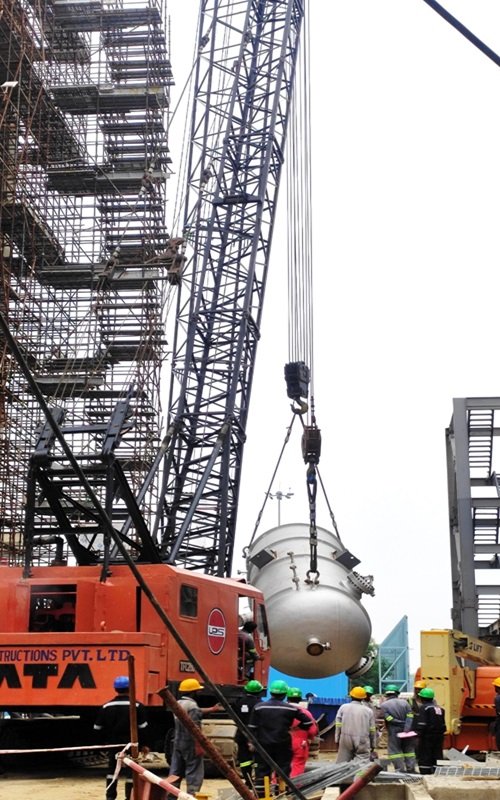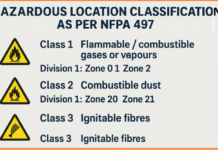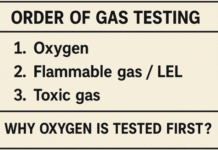Tandem lifting, the simultaneous use of more than one cranes or lifting devices to hoist a load, is a common practice in various industries such as construction, manufacturing, and shipyard operations. While this method increases lifting capacity and efficiency, it also introduces unique challenges and risks that demand strict adherence to safety precautions. In this post, we will explore the safety measures to be taken during tandem lifting to ensure the safety of workmen’s, protect equipment, and maintain a secure working environment.
What is Tandem Lifting?
Tandem lifting refers to the simultaneous use of more than one cranes or lifting devices to lift and transport a single load. This lifting technique is commonly employed in various industries, including construction, manufacturing, and shipyard operations, where heavy and oversized loads need to be moved.
Risk Assessment of Tandem Lifting:
Before initiating any tandem lifting operation, a risk assessment must be conducted. This includes identifying potential hazards, evaluating the weight and dimensions of the load, assessing the stability of the ground, and considering environmental factors such as wind speed. A detailed understanding of these factors is necessary for formulating an effective safety plan.
Permit to work:
A work permit for tandem lifting is typically required in industries where two or more cranes or lifting devices work in coordination to lift and move heavy loads. Tandem lifting involves synchronized operation of multiple lifting devices to ensure the safe and efficient handling of large and often complex loads.
Equipment Inspection:
Regular inspection and maintenance of all lifting equipment involved in tandem lifting operations are very important. This includes cranes, slings, hooks, and other rigging equipment’s. Any signs of wear, damage, or malfunction should be addressed promptly, and defective equipment should be taken out from work site.
Communication:
Effective communication is most important in tandem lifting operations. All personnel involved should be equipped with reliable communication devices, such as walkie talkie or hand signals. A designated signal man should be assigned to communicate with crane operators and ground crews. Clear and concise communication helps prevent misunderstandings that could lead to accidents.
Proper Training and Certification:
Only trained and certified workmen should be allowed to operate cranes or participate in tandem lifting activities. This includes crane operators, riggers, and signal man. Adequate training ensures that each team member understands their role, the equipment they are using, and the potential risks associated with the specific lifting operation.
Load Calculation and Distribution:
Accurate calculation of the load’s weight and center of gravity is important for tandem lifting. Load distribution between the more than one cranes must be carefully planned to prevent imbalances that could compromise stability. Overloading one crane while underloading the other can lead to equipment failure and catastrophic accidents.
Weather Monitoring:
Weather conditions play a significant role in the safety of tandem lifting operations. High winds, lightning, and adverse weather conditions can pose serious risks. It’s essential to monitor weather forecasts and suspend lifting operations if conditions become unsafe.
Emergency Response Planning:
Despite all precautions, emergencies can still occur. A well-defined emergency response plan should be in place, including procedures for evacuation, first aid, and communication with emergency services. Regular drills and training sessions can help ensure that all personnel are prepared to respond effectively in case of an emergency.
Tandem lifting offers tremendous advantages in terms of increased lifting capacity and efficiency, but it also demands a heightened focus on safety. By conducting thorough risk assessments, maintaining equipment rigorously, emphasizing communication, providing proper training, and adhering to safety procedure, organizations can mitigate the inherent risks associated with tandem lifting and create a safer work environment for everyone involved. Safety should always be the top priority in lifting operations, and by following these precautions, organizations can promote a culture of safety that protects both personnel and assets.
Lesson learns – Tandem lift accident due to high wind:
At the construction site, the two cranes, Crane A and Crane B, were positioned on either side of the construction area, ready for the tandem lift. The equipment, weighing several tons, was rigged and attached to the hooks of both cranes. The ground crew, including signal persons and riggers, were in position to guide the cranes during the operation.
As the cranes began to lift the equipment, everything seemed to be going according to plan. The communication between the crane operators and the ground crew was clear, and the load was lifted steadily. However, midway through the lift, a sudden gust of wind, stronger than anticipated, hit the construction site.
The unexpected gust of wind created a lateral force on the suspended equipment, causing it to sway uncontrollably. Despite the immediate efforts of the crane operators to stabilize the load, the combined force of the wind and the weight of the equipment exceeded the capacity of the cranes. The load swung violently, and one of the cranes, Crane B, started to lose stability.

In a matter of seconds, Crane B toppled over, collapsing onto its side. The impact of the fall caused the equipment to detach from the crane’s hook and crash onto the construction site below. The collapse of Crane B also led to a domino effect, impacting nearby structures and equipment.
Construction site personnel immediately activated the emergency response plan. The site was evacuated, and emergency services were contacted. Fortunately, due to the thorough safety measures in place, there were no injuries among the ground crew. However, the incident resulted in significant damage to equipment, including Crane B, and delays in the construction schedule.
Emergency services arrived promptly, securing the site and assessing the damage. An investigation was initiated to determine the root causes of the accident, focusing on the sudden wind gust, the load distribution, and the response of the crane operators.
This incident underscores the importance of anticipating and mitigating unforeseen factors, such as weather conditions, in tandem lifting operations. While safety precautions were in place, the unexpected wind gust highlighted the need for continuous risk assessment and adaptability during lifting operations. It also emphasizes the importance of proper training for crane operators and ground crew to handle unexpected challenges that may arise during complex lifting scenarios.





